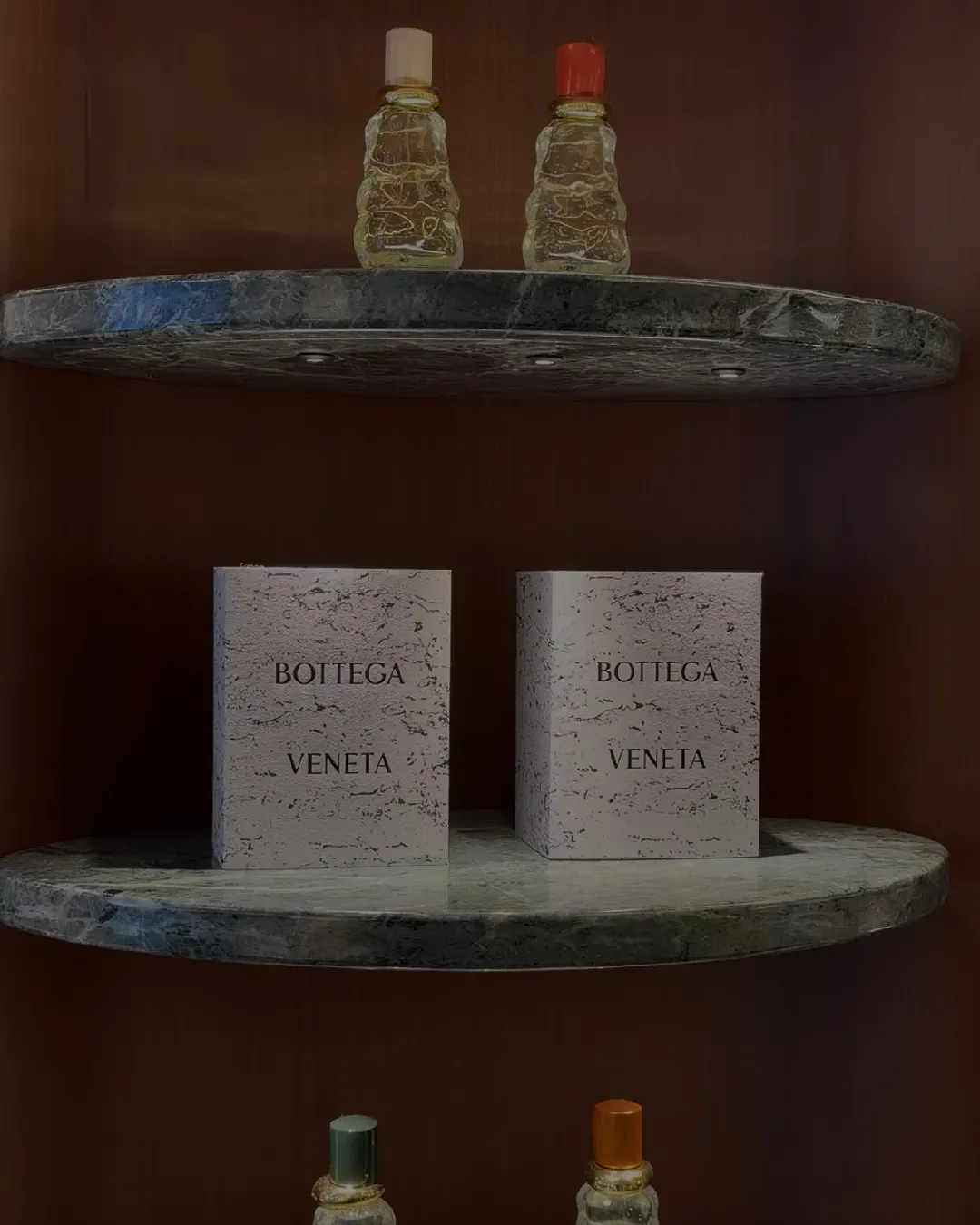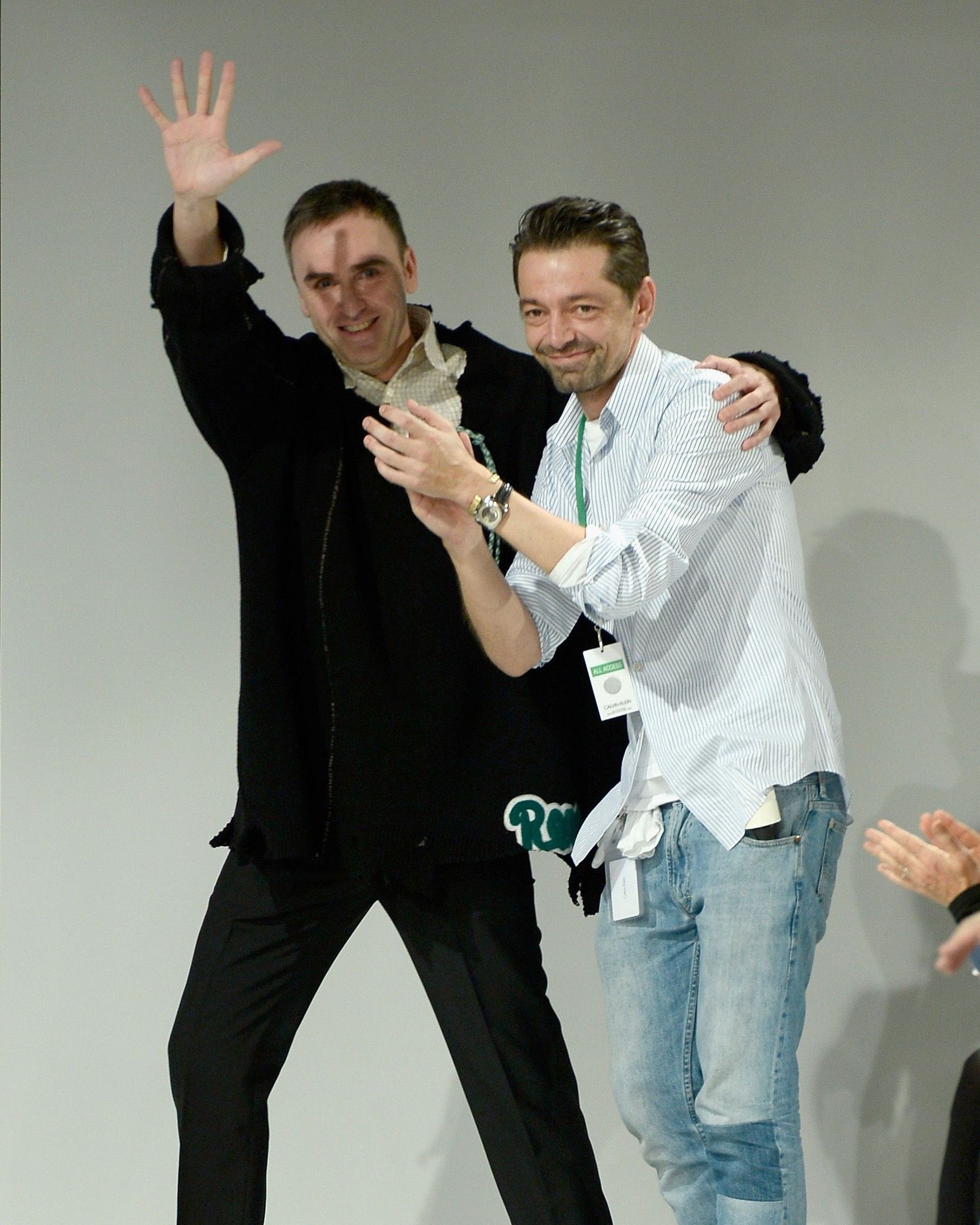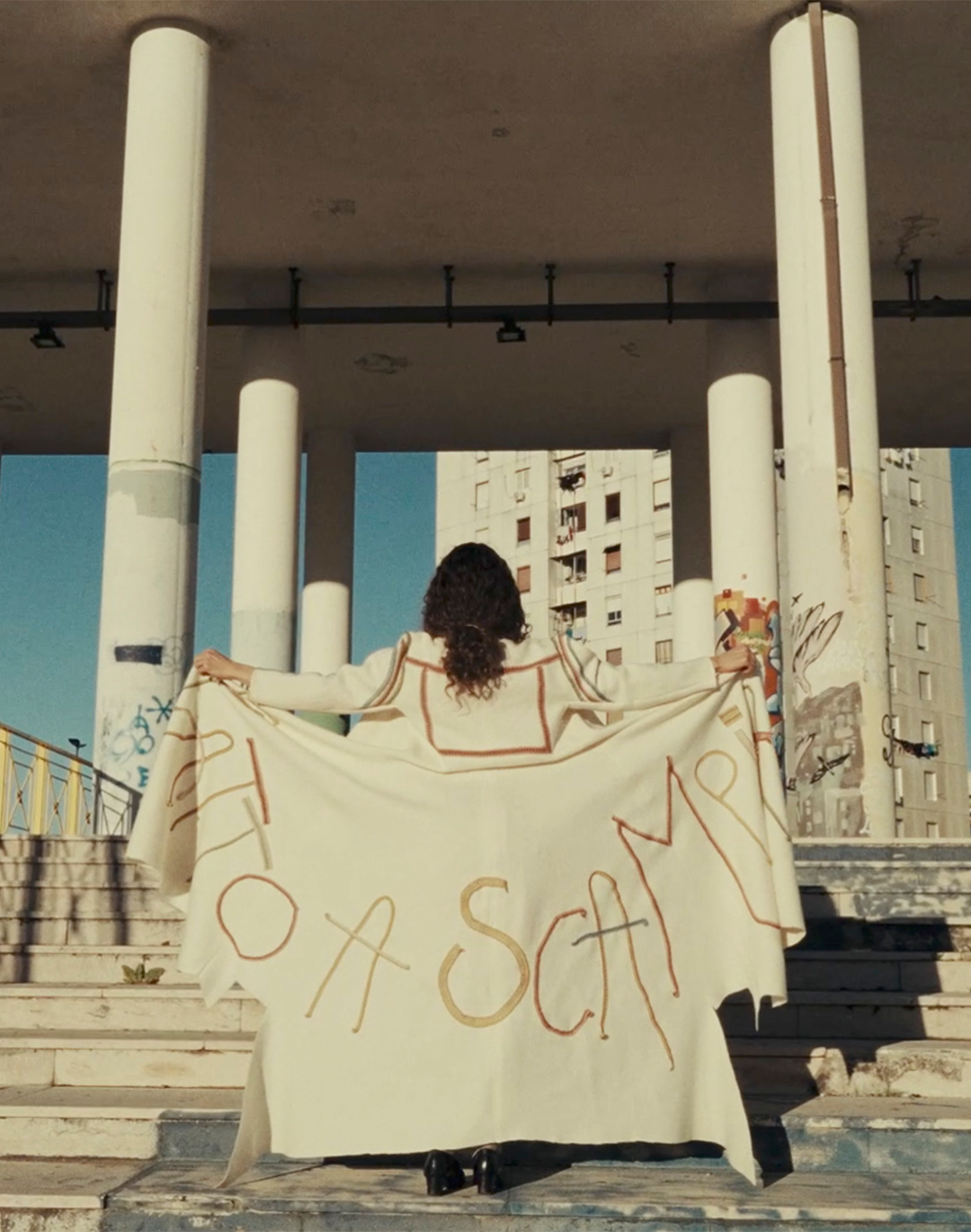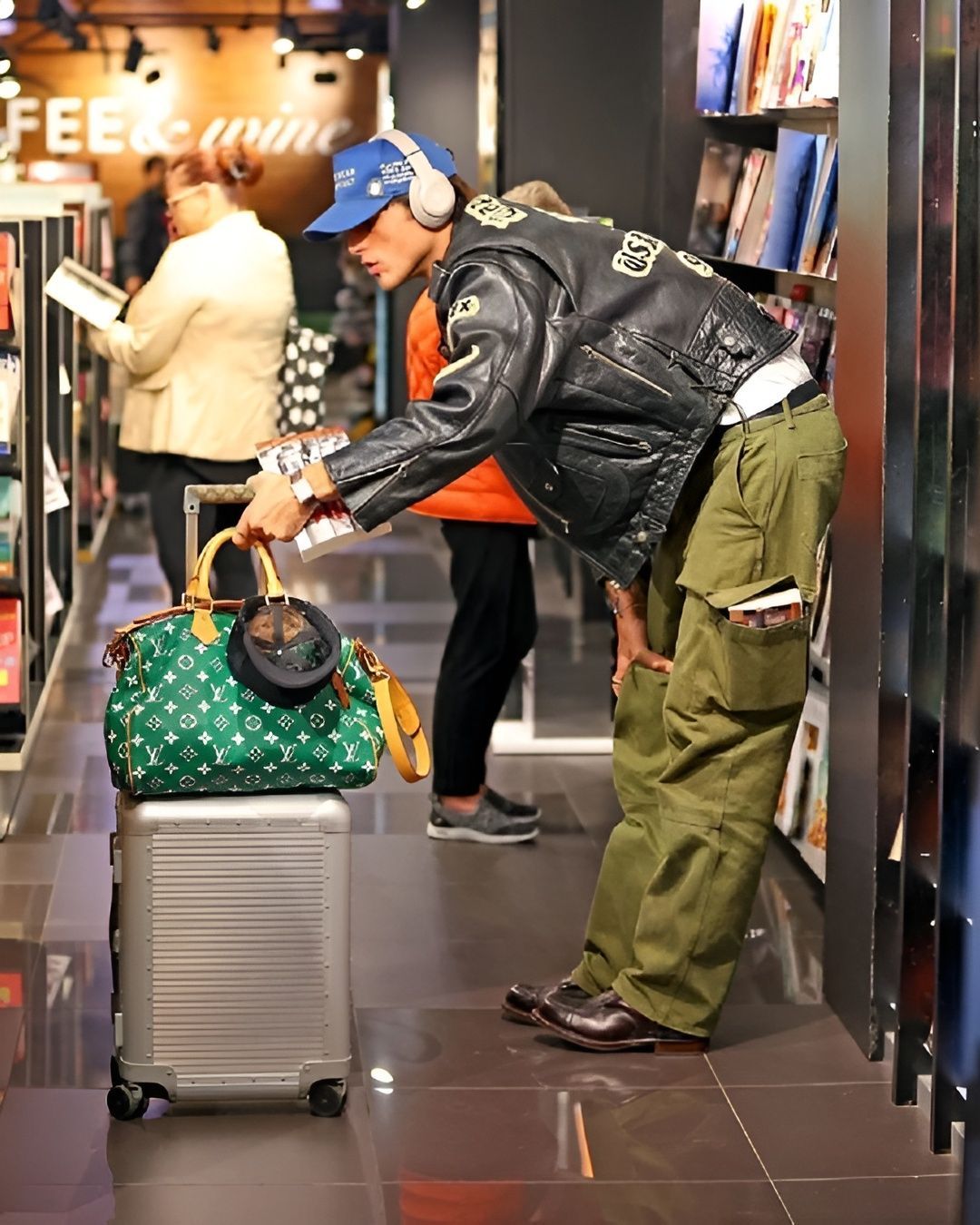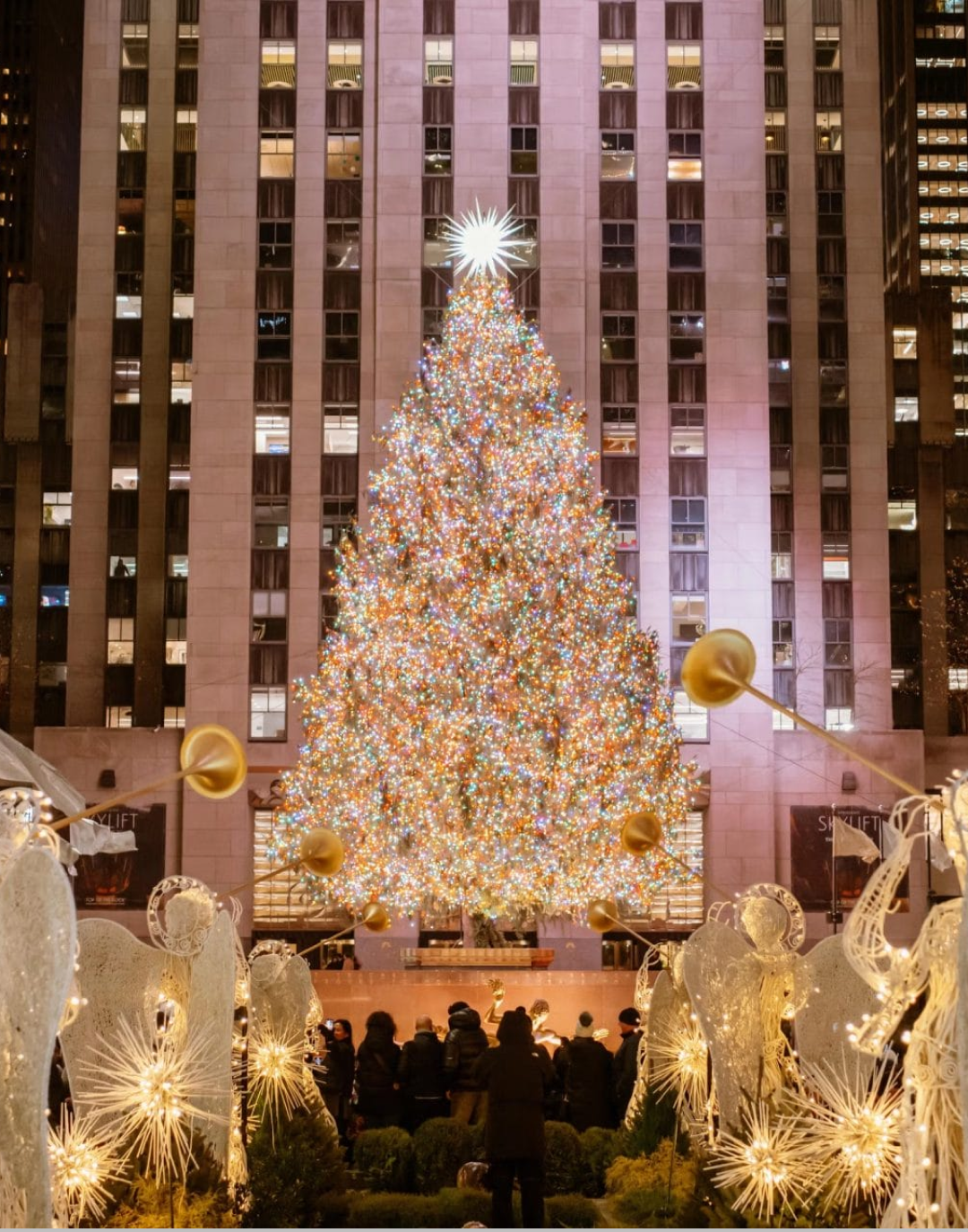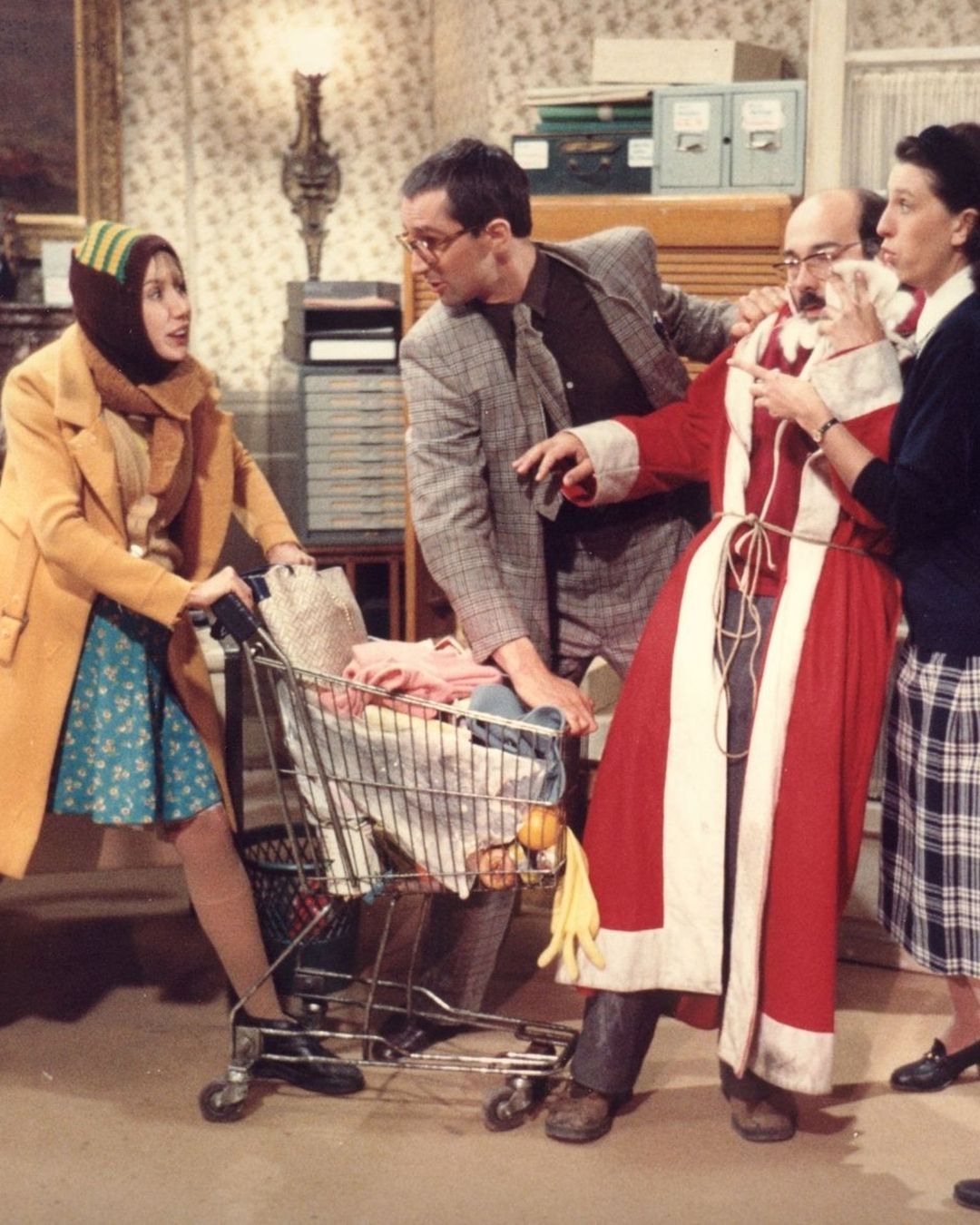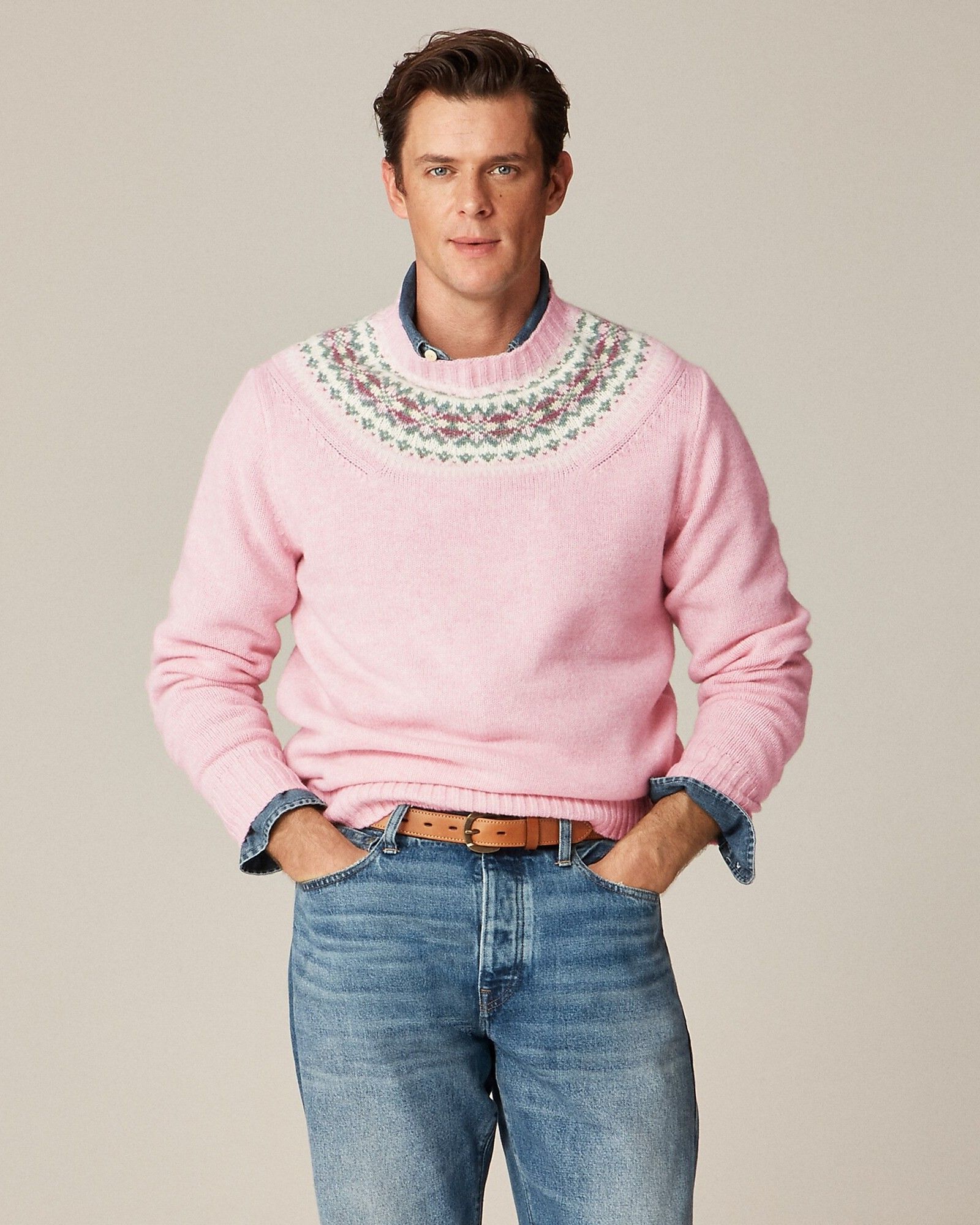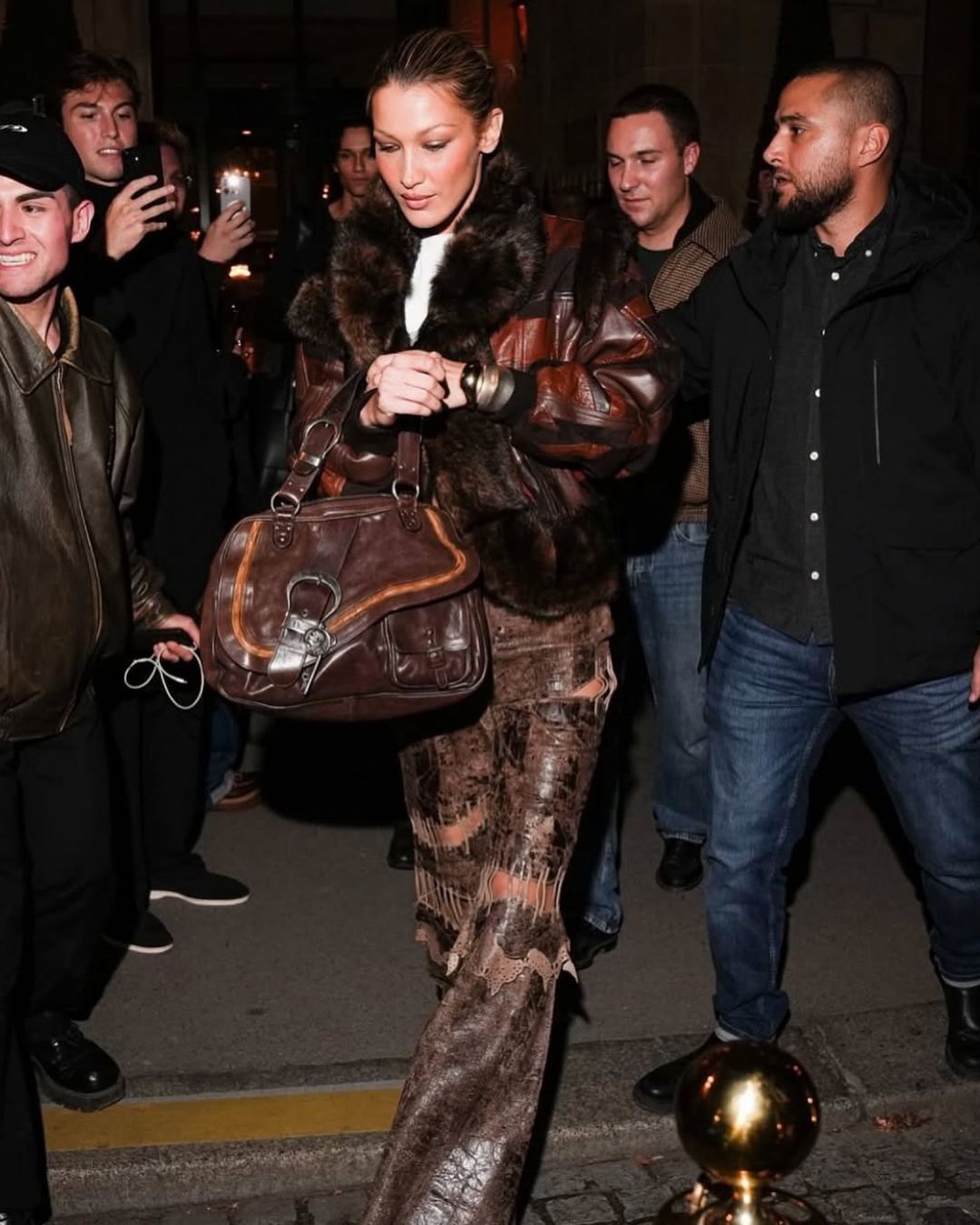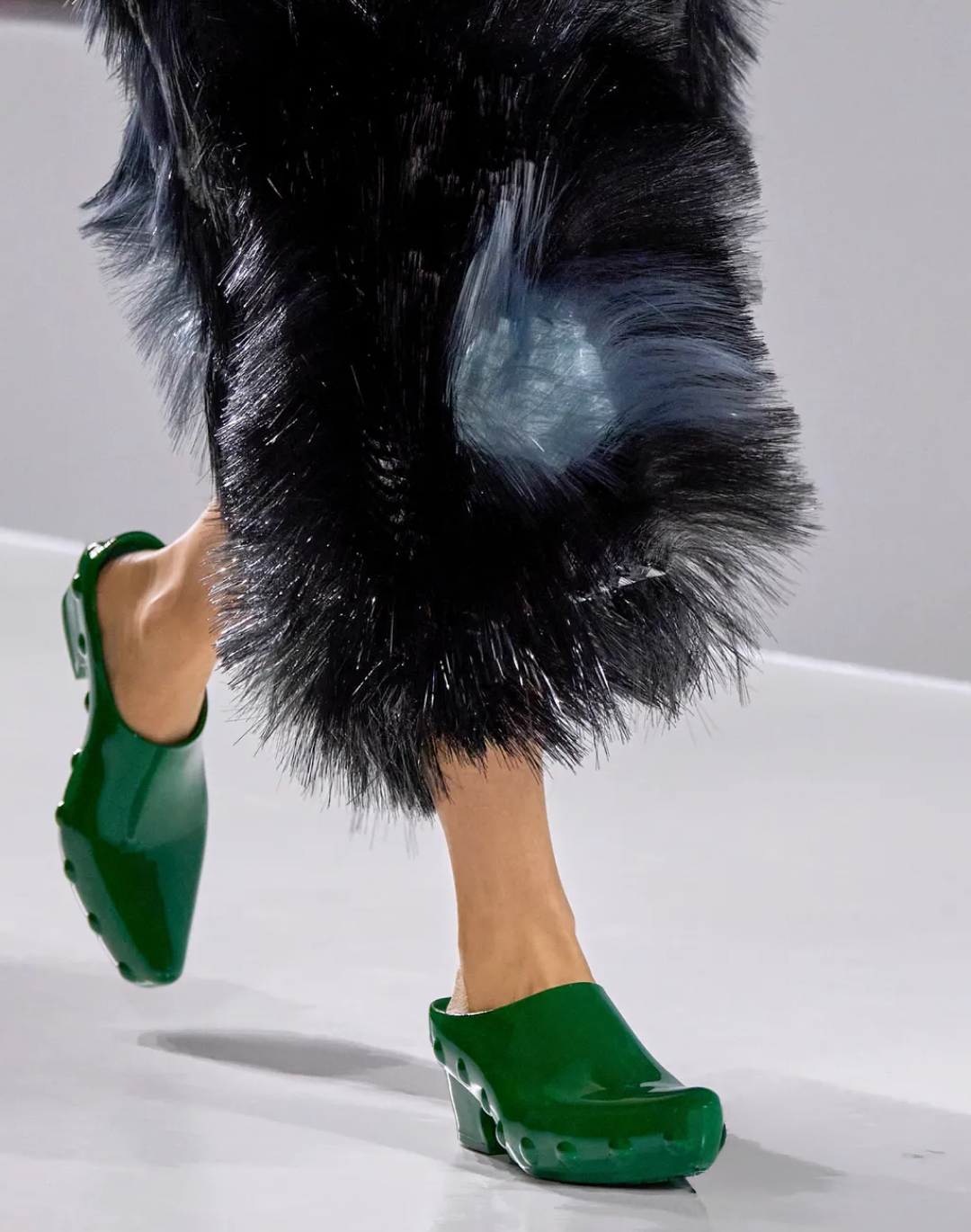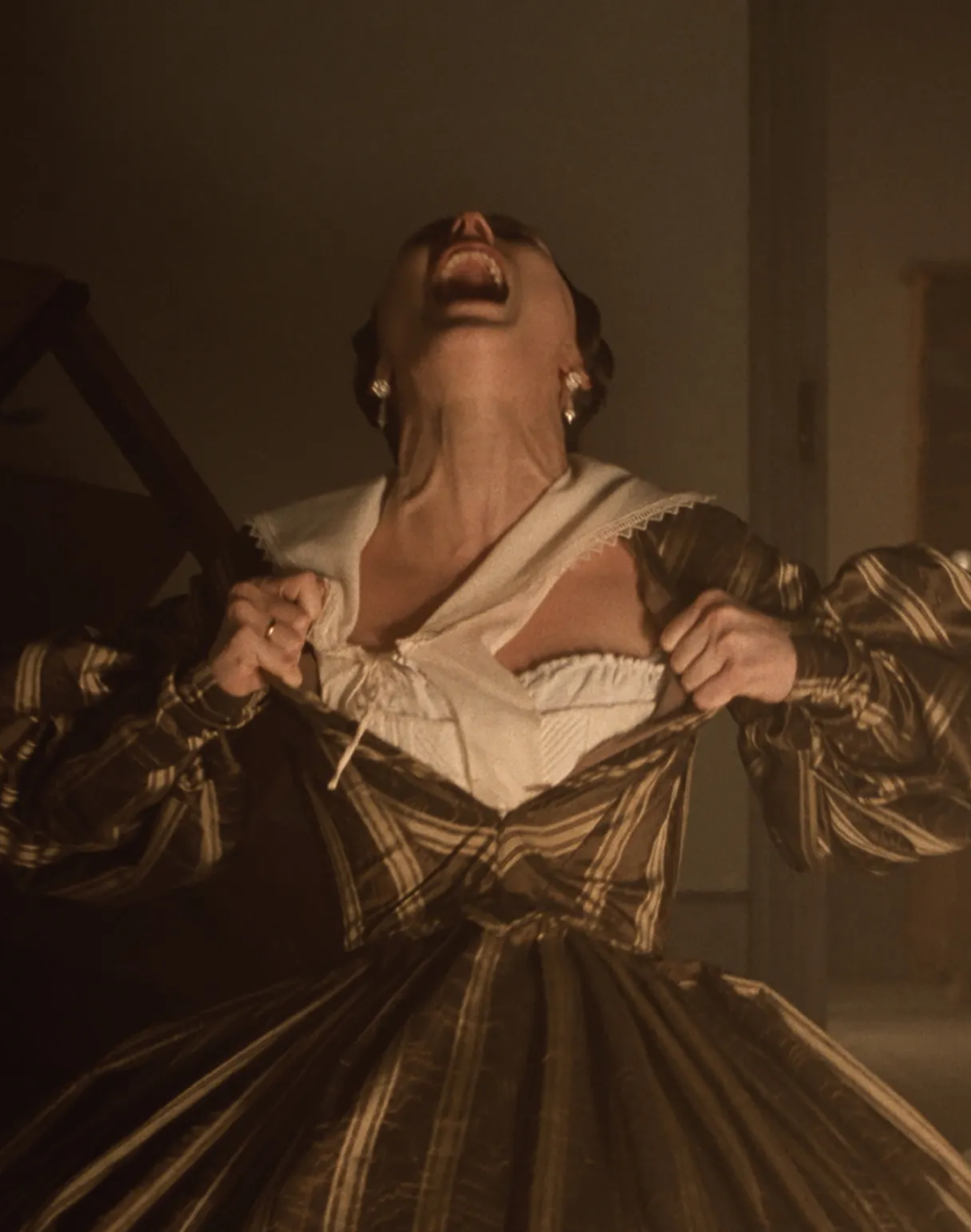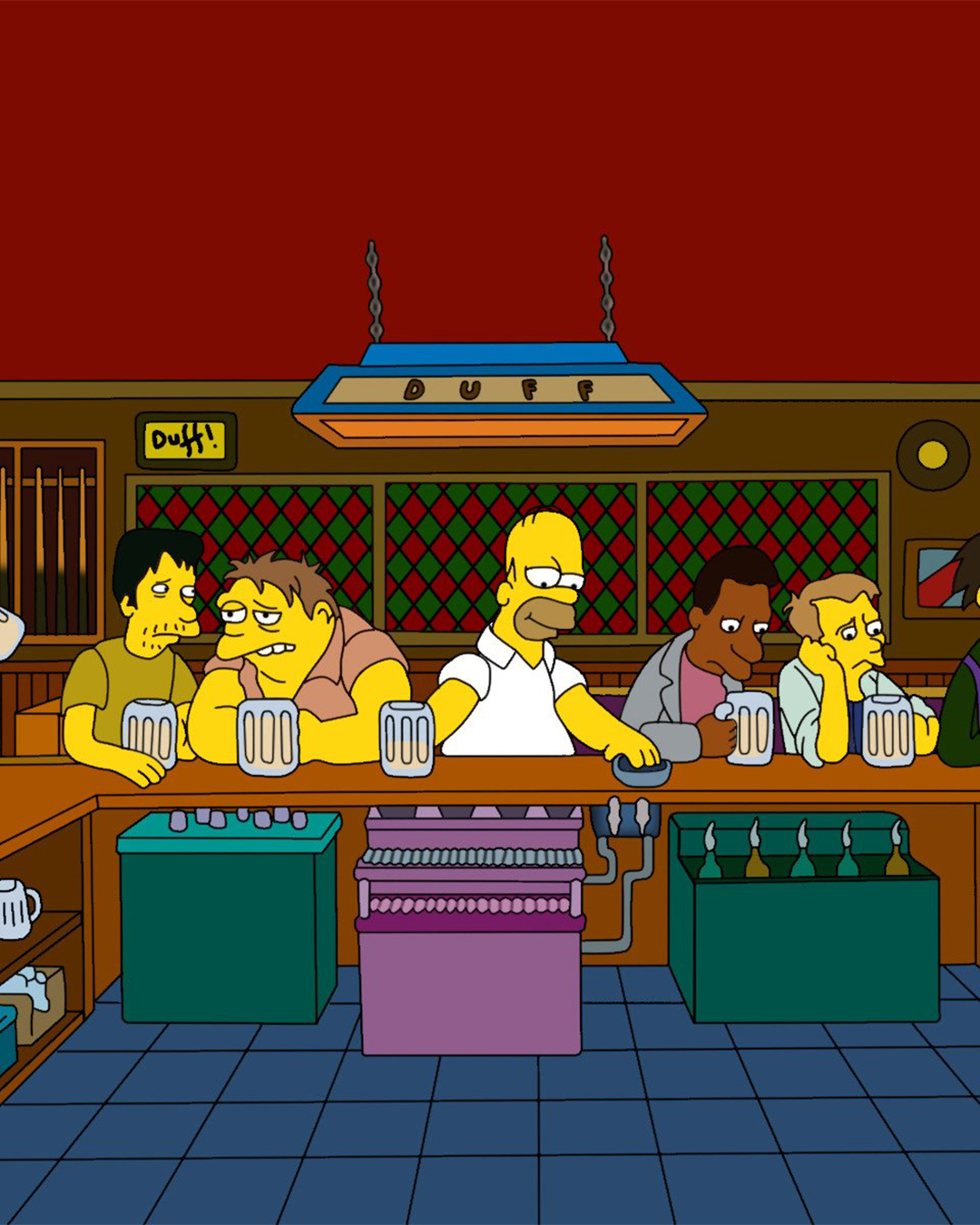
Why shabby bars still work Their quirky, almost exotic charm keeps winning over young people, but there's always a catch
In recent years, especially thanks to Instagram and TikTok, the way young people perceive and frequent certain particularly authentic venues has changed – places that were once perhaps considered second-rate. Especially in big cities, "shabby" bars are coming back into fashion – typically recognized by their outdated furniture, simple menus, affordable prices, and very (maybe too?) direct service. If you think about it, these are the kinds of places that most young people would have easily ignored in the past. For example, the magazine Zero describes the now-famous Bar Picchio in Milan as follows: «It's the comeback of the neighborhood bar, the only place in Milan where I’ve paid €2.50 for a Bloody Mary. [...] Look at the pool-blue ceramic floor, the billiard table where people used to play for honor back when via Melzo had a bad reputation.» Today, more and more bars like this seem to have become, at least for a certain kind of crowd, charming—almost "exotic"—to the point that they’re even recommended on social media. In the past, this kind of bar would have been labeled, at best, as "popular"; today, they’re often called "genuine places"—and the fact that these venues don’t follow trends and remain true to themselves, despite everything, is exactly what makes them cool in the eyes of younger generations. Pages like Poveritivo – which has over 30,000 followers on Instagram, gained in just a few months – or Posti sinceri help spread a different idea of the authentic bar, one far from the polished, sophisticated version promoted by traditional city guides. For part of the audience, in fact, this unintentional sense of consistency is an antidote to the marketing-oriented approach typical of some newer establishments. This doesn’t mean that many of the more contemporary venues – like the many wine bars opened in Milan, Rome, or Bologna – shouldn’t exist; in fact, these places, offering refined dishes alongside their drinks, are helping to make the culinary scene in major Italian cities more lively.
The rise of "shabby bars", if we can call them that, should be read as a parallel and very different phenomenon – still dependent on certain social media trends. Unsurprisingly, it's particularly evident in Milan, where there’s a higher concentration of people involved in content creation compared to other cities, which helps speed up the spread of even niche or short-lived trends. It’s also true that big city dwellers have become more used to following and adapting to trends, often before they fall out of fashion. Being featured in an Instagram reel or TikTok video is often beneficial for venue owners, who enjoy a moment of exposure within a specific—albeit small—bubble. But this process of rediscovering second-rate bars can also have negative effects. In fact, over the past few years, there’s been a sharp increase in the number of people engaging with content from pages like Poveritivo: a venue featured in a video posted on major platforms can, in a short time, gain massive visibility, helping to change the very nature of those bars. The attention generated is usually less appreciated by the regulars, who are often local residents. One possible consequence of this process is that "shabby" bars may paradoxically lose the intimate atmosphere that once defined them. Additionally, the influx of customers may push owners to update their menus and prices, thus giving up the familiar vibe that originally made them appealing. This dynamic fits into a broader trend: in recent years, many projects have emerged that aim to tell the story of the more authentic sides of seemingly very touristy cities, including Milan itself, going beyond the traditional circuits and addressing not just visitors but also local residents. Publishers have taken notice and started investing in content creators working in this specific niche, since they usually guarantee a good number of sales thanks to their many followers. The risk, however, is always the same: a place meant for a few ends up becoming overly mainstream.







